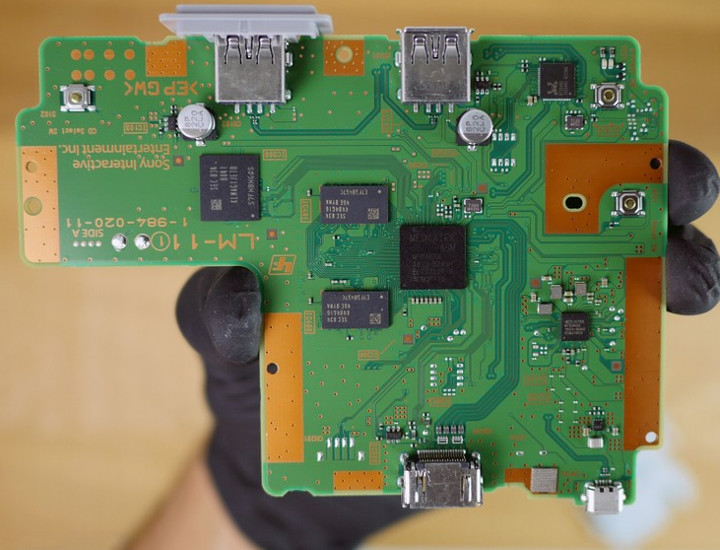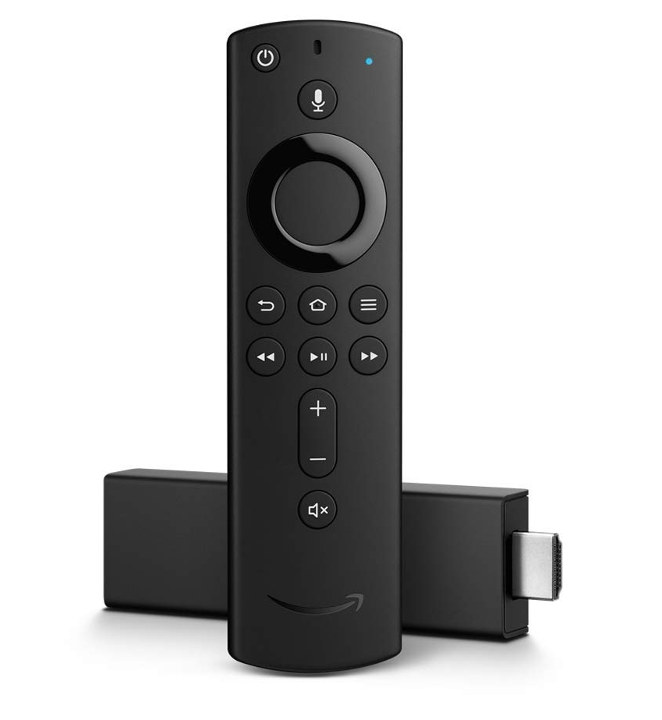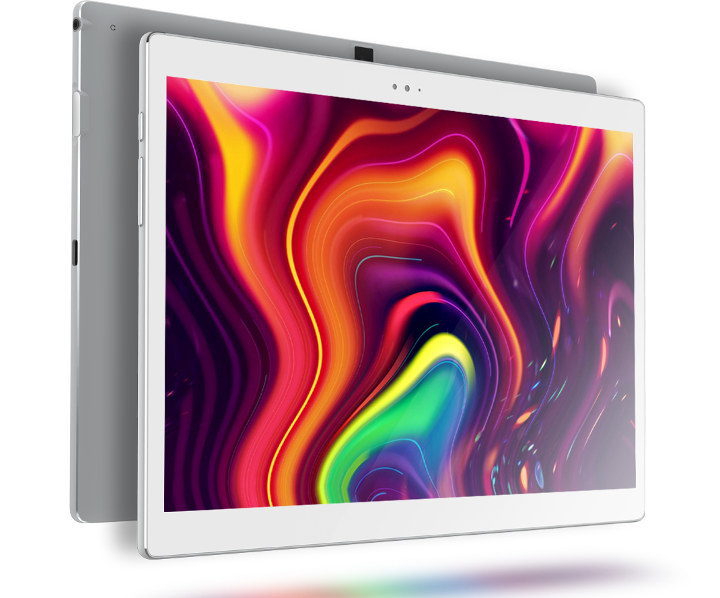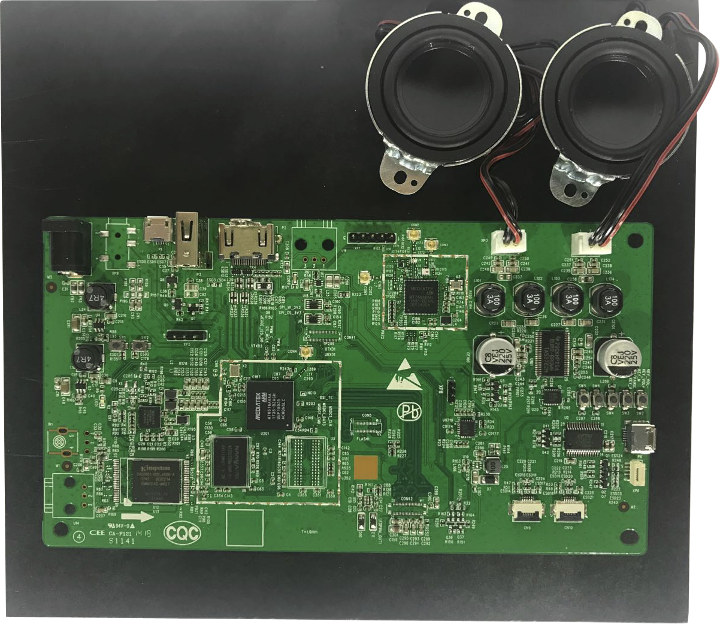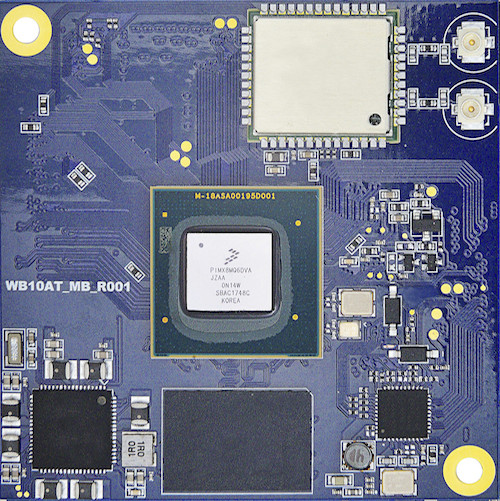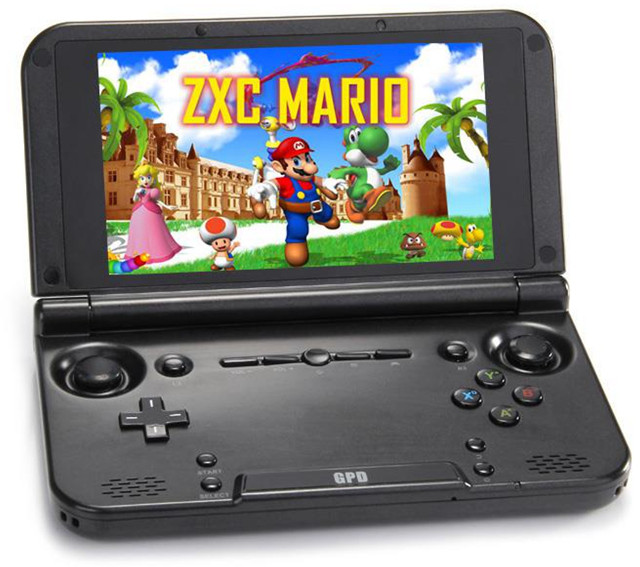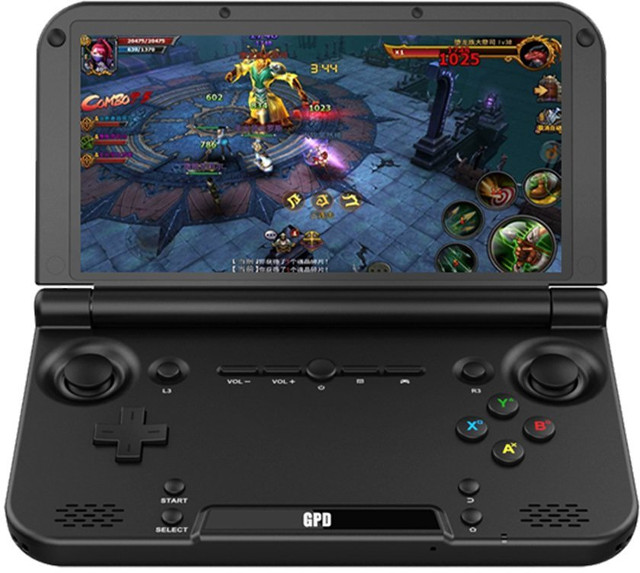Miniature versions of popular game consoles from earlier decades have been all the rage recently, but they all have one thing in common: the inability to add games by default. But eventually, people find ways. For example, when it was found Nintendo NES Classic Mini was found to be powered by an Allwinner R16 processor, enthusiasts found ways to run RetroArch on the device with some efforts. One of the latest announcement was Sony PlayStation Classic, and as reviewers got hold of early sample of the miniature gaming console, it got torn down by HDBlog Italia. That means we now have a good idea of the technical specifications of the console: SoC – MediaTek MT8167A quad core Arm Cortex-A35 processor @ 1.5 GHz with PowerVR GE8300 GPU System Memory – 1GB DDR3-1866 (Samsung K4B4G1646E-BYMA) Storage – 16GB eMMC 5.1 flash (Samsung KLMAG1JETD-B041) Video Output – HDMI port up to 720p […]
Amazon Launches $50 Fire TV Stick 4K Powered by MediaTek MT8695 SoC
Amazon introduced their latest 4K streaming device with Fire TV (2017) last year. The TV box was based on Amlogic S905Z, supported 4K HDR10, and was launched for $69.99. The company also had a Fire TV stick that’s limited to 1080p, and they’ve now announced an upgrade – Fire TV Stick 4K – that support 4K Dolby Vision and HDR10+ thanks to MediaTek MT8695 SoC, and sells for just $49.99 – or $10 more than the 1080p model – with shipping expected to start by the end of the month. Amazon Fire TV Stick 4K specifications: SoC – Mediatek MT8695 quad core Arm processor @ up to 1.7 GHz with Imagination PowerVR GE8300MP4 GPU supporting OpenGL 3.2 and Vulcan 1.1 System Memory – 1.5 GB DDR4 Storage – 8GB flash, no micro SD card Video & Audio Output – HDMI 2.0b up to 4K UHD @ 60 Hz with HDCP […]
Alldocube X Tablet with a Super AMOLED Display to Launch for $199 and Up (Crowdfunding)
Allcodube has been making Android tablets at least since 2012, although recently they’ve launched an Intel Gemini Lake Tablet with their Knote5 model running Windows 10. The company is still working on Android tablets however, as they are about to launch Alldocube X tablet with a Mediatek processor, and a 10.5″ Super AMOLED display on Indiegogo. Alldocube X tablet preliminary specifications: SoC – MediaTek MT8176 hexa core processor with 2x Arm Cortex A72 cores @ 2.1 GHz, 4x Arm Cortex A53 cores @ 1.7 GHz, and Imagination PowerVR GX6250 GPU System Memory – 4GB Storage – 64GB flash Display – 10.5″ Samsung Super AMOLED display with 2560×1600 resolution Audio – AKM Hi-Fi chip Camera – 8MP front-facing camera, 8MP rear camera Connectivity – 802.1ac WiFi and Bluetooth USB – 1x USB Type-C port Sensor – Fingerprint scanner Battery – 8,000 mAh with Pump Express 2.0 quick charging Dimensions – 6.9mm […]
A Closer Look at Mediatek MT8516 Cortex A35 SoM / Devkit for Android Things
Earlier this month, Google released Android Things 1.0, the first stable release for the IoT operating system, and announced several certified SoMs (systems-on-module) based on NXP i.MX 8M, Qualcomm SDA212 & SDA624, and MediaTek MT8516 SoCs. However at the time, beside some information about the processor itself, there was not many details about MT8516 system-on-module. Since then, MediaTek wrote a blog post about their Cortex A35 solution for Android Things & Google Assistant, so let’s have a look. First the MT8516 SoM is not exactly what I had expected, but instead a complete single board computer, and this is why they call it virtual SoM (vSOM). Google defines the latter as reference design provided by the chip vendors and certified by Google. Mediatek MT8516 quad core Cortex A35 vSoM / development board specifications: SoC – MediaTek MT8516 quad core Cortex A35 processor without GPU System Memory – 4Gbit (512MB) DDR3L […]
Android Things 1.0 Released with Support for NXP i.MX 8M, Qualcomm SDA212/SDA624 and Mediatek MT8516 SoMs
Brillo Project was renamed to Android Things with the release of a developer preview back in December 2014, and the operating system enabling developers and companies to build and maintain Internet of Things devices at scale. The OS has now graduated so-to-speak with the release of Android Things 1.0 with long-term support for production devices, and this was to be expected as several Android Things devices were announced earlier this year. The new release adds supports for new system-on-modules (SoMs) based on the NXP i.MX8M, Qualcomm SDA212, Qualcomm SDA624, and MediaTek MT8516 SoCs. These modules are certified for production use with guaranteed long-term support for 3 years, and development hardware and reference designs for these SoMs will be available in the coming months. The Raspberry Pi 3 Model B and NXP i.MX7D boards and system-on-modules are still supported, but support for NXP i.MX6UL devices will be deprecated. Check out the […]
Acer Iconia One 10 is a 10.1″ Tablet Powered by Mediatek MT8167B Quad Core Cortex A35 Processor
So far, I had not seen that many devices based on Arm Cortex A35 64-bit cores which promise better performance than Cortex A7, while consuming 32% less than a Cortex A53. But Mediatek released MT8167B quad core Cortex A35 last year supporting 1080p30 video decoding, and HD+ (1280×800) displays. There’s also a Mediatek MT8167A SoC clocked at a higher 1.5 GHz, capable of handling higher resolution 1920×1200 displays, and 1080p60 videos. Acer Iconia One 10 tablet – also released last year – is powered by MT8167B SoC, and comes with 2GB RAM, 32GB storage, and a 10.1″ HD+ Display. Acer Iconia One 10 (B3-A40) specifications: SoC – MediaTek MT8167B quad core Cortex A35 processor @ 1.30 GHz with Imagination PowerVR GE8300 GPU System Memory – 2 GB DDR3L RAM Storage – 16 or 32GB storage, Micro SD Card slot up to 128 GB Display – 10.1″ IPS touch screen display; […]
$210 GPD XD Plus Handheld Android Game Console Launched with Mediatek MT8173 Cortex A73/A53 SoC
Not everybody is willing to spend around $650 on the recently announced GPD Win 2 portable Windows game console, and for people with a lower budget and happy to play Android games, the company has now launched the expected GPD XD+ console with GeekBuying and GearBest taking pre-orders for $209.99 including shipping. GPD XD+ will be an upgrade of the previous GPD XD console with Rockchip RK3288 replaced by a more powerful Mediatek MT8176 processor, and RAM capacity increased to 4GB. The rest of the design is pretty much unchanged. GPD XD Plus specifications: SoC – Mediatek MT8176 hexa-core processor with 2x Cortex A72 cores @ 2.1 GHz, 4x Cortex A53 cores @ 1.7 GHz, and Imagination PowerVR GX6250 GPU System Memory – 4GB RAM Storage – 32GB eMMC flash (GearBest shows 64GB instead), micro SD slot up to 128GB Display – 5″ 720p capacitive touch display Video Output – […]
Rockchip RK3288 To Be Phased Out Soon? GPD XD+ Android Console To Get Mediatek MT8176 SoC, 4GB RAM Upgrade
[Update: I have now seen an email exchange with ASUS replying that Rockchip RK3288 will still be in production for 5 years, so GPD claims that manufacturing will stop for RK3288 may be incorrect, or misunderstood Update 2: Rockchip has now confirmed RK3288 will not be phased out. So I’m guessing there may have been info lost in translation with GPD simply not manufacturing their own RK3288 board anymore] Rockchip RK3288 32-bit Arm processor was first spotted in a company presentation in the summer of 2013, before being announced – with some confusion (Cortex A12 vs A17) – at CES 2014 in January. The quad core Cortex A17 processor had then its moments of glory with inclusion in products such as Chromebooks (2015), and ASUS Tinker board SBC earlier this year. Another product based on the processor is GPD XD Android game console, but according to a report on reddit, […]


